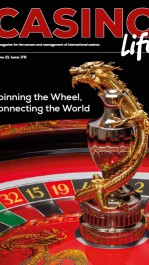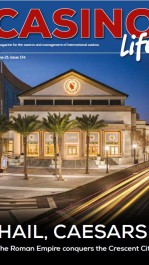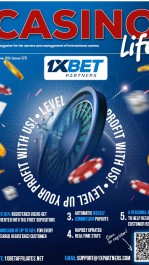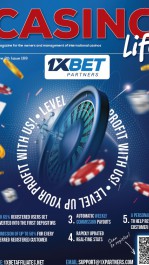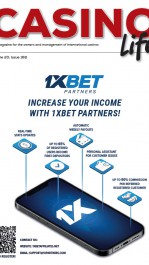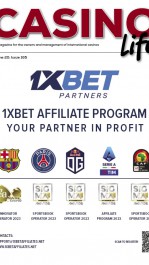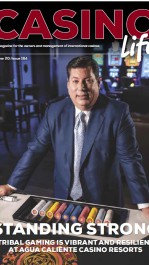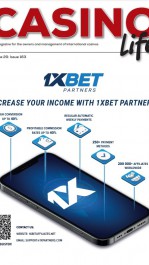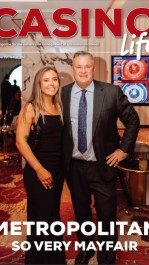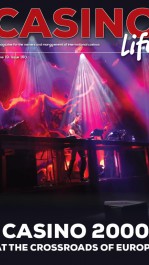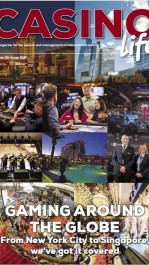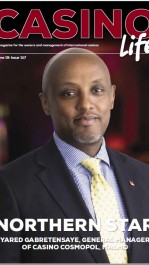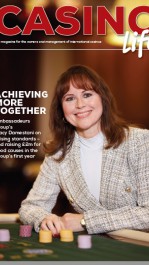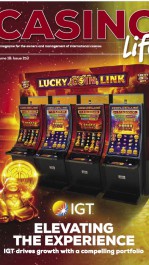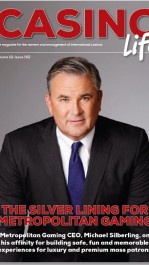A pathway to enhanced industrial innovation. By Raymond Chan
In n today’s rapidly evolving economic landscape, the collaboration between the public and private sectors has become increasingly vital for fostering innovation. Universities, as hubs of research and knowledge, hold immense potential to drive industrial advancements. However, to effectively harness this potential, a strategic partnership is essential.
This article explores how leveraging university research can serve as a catalyst for innovation across various industries, highlighting the need for supportive government policies and changes in intellectual-property frameworks. By cultivating an environment where academic insights can seamlessly make the transition into practical applications, we can address pressing challenges and unlock new opportunities for growth.
Prominent institutions like MIT have demonstrated the power of such collaborations, successfully translating cutting-edge research into ground breaking technologies and business ventures. Their models not only showcase the effectiveness of public-private partnerships but also provide valuable lessons on structuring shareholder interests and intellectual property rights that benefit both academia and industry.
As we delve deeper into these successful case studies, we will uncover actionable strategies for enhancing collaboration, driving economic development and ultimately, transforming innovative ideas into reality. Through a comprehensive approach that includes policy adjustments and stakeholder engagement, we can create a robust framework that maximizes the impact of university research on industry innovation.
Innovation and MIT
During World War II, the Massachusetts Institute of Technology (MIT) fostered strong partnerships with the federal government. This enabled the swift translation of innovative ideas into actionable solutions.
This collaborative framework led to the creation of key research laboratories, such as the Radiation Laboratory and Charles Stark Draper’s instruments lab. Draper's lab focused on developing advanced navigation systems, culminating in the Mark 14 gunsight, which significantly improved artillery accuracy. Meanwhile, the Radiation Laboratory advanced microwave radar technology, enhancing defensive capabilities against aerial threats.
As research by the Lemelson Center for the Study of Invention & Innovation shows, MIT’s structured collaboration model not only addressed immediate wartime needs but also established a legacy of partnerships that continues to thrive. This history underscores how an institutional commitment to integrating research with real-world applications can drive sustained innovation across various fields.
The Future and Beyond
In conclusion, the example of MIT during World War II serves as a powerful illustration of how effective partnerships between academic institutions, government and industry can yield significant innovations. This model of collaboration has been replicated around the world, demonstrating that when diverse sectors unite, the potential for transformative advancements increases exponentially.
As we continue to explore and understand these patterns of cooperation, we can identify best practices and strategies that foster innovation on a global scale. The future holds immense promise for further discovery and application of academic research, and by embracing these collaborative frameworks, we can drive economic growth, and address the complex challenges facing various industries today.
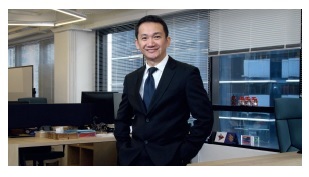
ABOUT RAYMOND CHAN
Raymond is a software engineer by profession with a track record in corporate innovation and entrepreneurship. He co-founded two prosperous startups, TGG Interactive and Global Gaming Group in Asia, where he served as director and CEO to lead the customer intelligence and electronic gaming businesses from 2007 to 2018. Earlier in his career, Raymond was a founding member of the business intelligence team at E*TRADE from Morgan Stanley and played a pivotal role in designing the TiVo customer intelligence system in Silicon Valley.
*** This article was originally published in Casino Life Magazine Issue 170 October 2024 ***



